Eight Bells: George Hazen
Published on January 8th, 2021
George Hazen, 69 years, a brilliant pioneer whose work revolutionized yachting as a pastime, a sport, and an industry, passed away on December 23, 2020 in Annapolis, MD.
As Steve Killing said, “Many boat owners won’t know the name George Hazen, but most yacht designers do.”
George’s influence in the field of yacht design began when he was a graduate student at MIT and became involved with the H. Irving Pratt Project, which for the first time developed a general-purpose VPP (Velocity Prediction Program) that came into wide use.
This VPP became the cornerstone of the MHS and IMS rules and its influence continues to be felt in the ORC and ORR rules we use today. George went on to work as a designer at C&C where he influenced many designs including the classic C&C 40.
In 1979, George boldly struck out on his own and formed Design Systems and Services to develop software for yacht designers. He became an early advocate of the use of NURBS geometry in hull form development. He also integrated his VPP technology as well as other key calculations into the software, for the first time giving the yacht designer a completely integrated design and analysis framework.
“The kind of work that George was doing revolutionized the process of yacht design,” said Jim Teeters. “At Sparkman and Stephens, generating a set of lines used to typically take a week, and it was a difficult task indeed to make the lines from all four views of the drawing fair enough and match closely enough that the boat could be manufactured. With these new tools, a designer could generate a rough design complete with a performance analysis in an hour or two, and a production-quality set of lines would take less than a day.”
Steve Killing went further, saying, “George was really the first person to integrate the entire process of yacht design into a single tool. It gave designers the confidence to be bolder and make significantly greater advances in a design than they otherwise would, while reducing the risk for both the designer and the client. It dramatically accelerated the pace of evolution in a very conservative industry.”
Other designers were similarly expressive.
Said Bruce Farr, “George’s passing is the loss of a truly great talent and wonderful person…Our run of successes, especially during the 80s, were in no small part a testament to George’s expertise and his willingness to develop these tools for a relatively small market as larger opportunities beckoned. While George was the consummate software engineer and Naval architect, I believe there was also a good bit of traditional ‘yacht designer’ there, as well as an enthusiastic honest gentleman.”
Bruce Nelson added, “George Hazen was not only a brilliant pioneer in the development of computer-aided analytical design tools, but he was also a very patient and thoughtful gentleman who taught his customers – like me – how to apply and understand the principles involved. For this I was genuinely grateful to George for his invaluable impact on my yacht design career and success … plus he was a very nice guy. RIP George – you helped a lot of people.”
Clay Oliver also spoke of George’s willingness to share his vast knowledge, saying, “The main thing about George that I remember was his professorial demeanor, and that when you were lucky enough to meet up, he would seem to have all the time in the world, talking about all aspects of sail aerodynamics, non-uniform rational B-Spline surfaces, planing boats, yacht design, and the list goes on. It was a pleasure, and one would always come away understanding yacht science a bit more.”
David Pedrick summed up by saying, “I had the highest regard and respect for George as a person, as a professional, and as a technology leader. In every possible respect George was as good as they get.”
Assisting George in building all of these tools in the early days were Bruce and Susan Hays, Peter Schwenn, Steve Killing, and Chris Cressy along with others whp contributed significantly. For those lucky enough to work for George during their careers, the word that stands out as best describing their professional relationship with him was “Mentor”. He inspired many to make some bold career leaps.
Steve Killing and Chris Cressy both expressed their amazement at his entrepreneurial drive and the risk he was willing to shoulder to bring these products to market. He was brilliant yet humble, always willing to share his vast knowledge. Sometimes asking him a question was an all-day proposition because he would not only tell you the answer but could speak for hours about all the issues surrounding the question – a process we referred to as getting “Hazened.”
“In one memorable meeting, George kept an entire room full of Naval Architects spell-bound while discussing the relevance of metacentric shelf,” recalled Bill Cook. “After the meeting we all had to run back to our computers and bookshelves to see if we could figure out how to calculate it, having never heard of it before.
“I used to joke to George that for him, intelligence was not measured in IQ, but in a concept called the HQ, or Hawking Quotient, which was the page of Stephen Hawking’s A Brief History of Time at which the reader became lost and confused. George’s score outpaced mine by an embarrassing margin.”
More detailed information about George’s life and career may be found in a brilliant remembrance written by Bruce Hays (click here) as well as one written by Steve Killing which will appear in a future issue of Good Old Boat magazine. George leaves behind a loving family and a brilliant legacy, both personal and professional. He will be greatly missed.


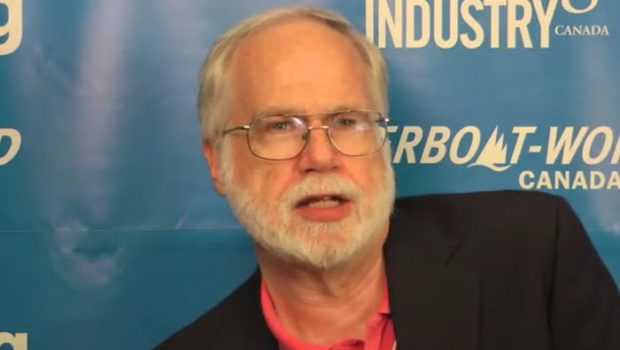
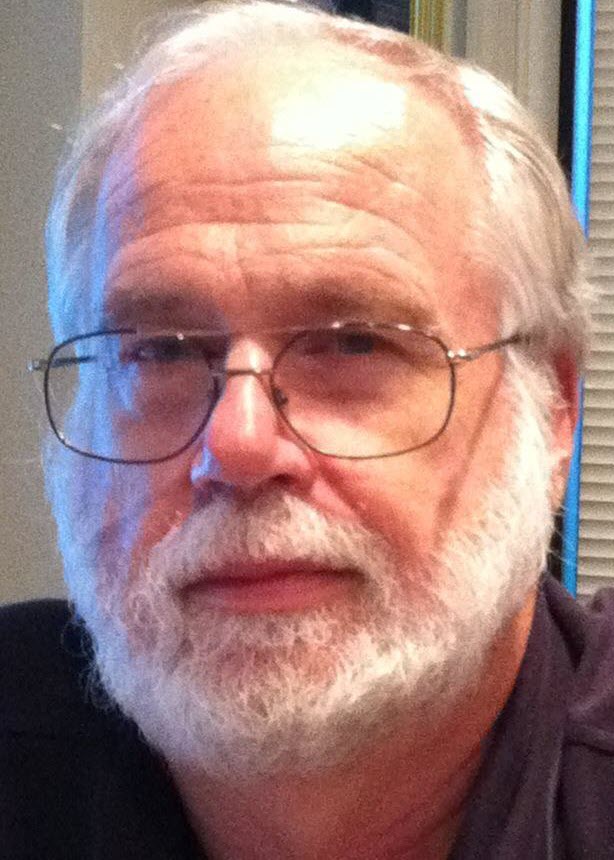


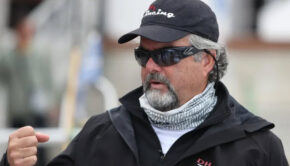
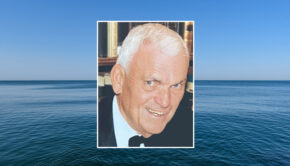
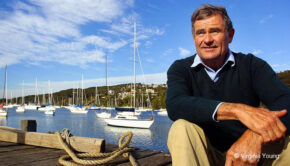
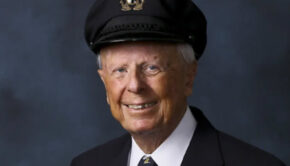
 We’ll keep your information safe.
We’ll keep your information safe.